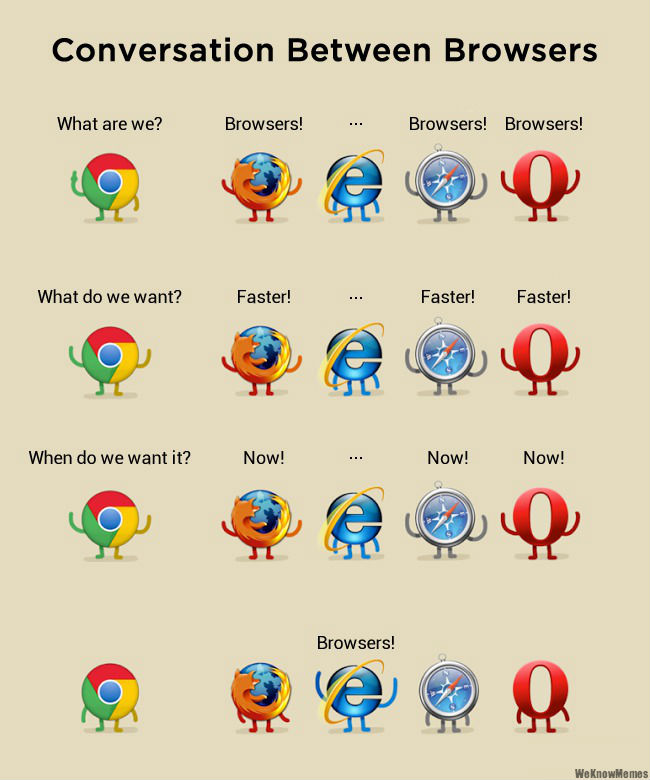
Get the best of both worlds: A blazing fast WordPress website that feels like an app!
I’ve been building websites and digital experiences since I was a kid. We’re talking about the early noughties — in the midst of the dot-com bubble. This was before CSS was even a thing and we didn’t really know what the internet was or what to do with it.
The first website I built was my own personal website. I know, it’s silly to think about — but this was a thing nerds like me did before social media.
I remember how much work I put into it, the red background and the yellow font color. I wanted a fixed sidebar with links and I accomplished that with a then state-of-the-art, but now antiquated technology we called a <frame> tag. This enabled me to load two HTML files into a single HTML file. Whoa, the technology!

The coolest thing was the <marquee> tag — that was a part of HTML back then — with which you could display a scrolling marquee like your website was freaking Times Square!
I set mine to be: “Smoking on this website is prohibited”… Pretty dope, right?
Remember, I was 13.
The internet was slow and browsers were essentially just document readers. The web was just a bunch of documents connected by hyperlinks, and at the time, only two people named Larry Page and Sergey Brin had realized the crazy potential within that concept — because it actually was and is, the backbone of the web. That’s why it’s called “the web” — it’s a web of hyperlinks.
Then there was JavaScript
Fast forward a decade or so and the web is no longer just a bunch of text documents. It’s predominantly a vast profusion of applications running in a browser. Want to watch videos? YouTube! Need to write a letter? We have Google Docs.
Most of the tasks for which we had native applications we just do through a browser now. But what about the apps on my phone? Well, your app might actually be a website disguised as an app, which is something we call a progressive web app.
Why did this happen? Because it’s cheaper to develop one application and then deploy across platforms instead of creating a few different versions of the same application for all operating systems. Apple didn’t actually break Microsoft’s monopoly in the early 2000s — browsers did!

What’s happened though, since the early 2000s, is that a lot of companies and developers are building websites the wrong way. They are built in a way that ignores why the web became so powerful in the first place: Websites being documents.
If your website is only an app, but not a document — then I’m sorry — it’s not really a website. It’s going to be more difficult for search engines to index it. Your site is going to create a lot of accessibility issues, and such sites are bad for search engine optimization. Essentially you’re just hosting an app on the internet.
But as consumers we like interactivity and we enjoy the smooth user experience of apps. They’re amazing, and your customers are more likely to use something that just feels right.
So why can’t we have both? Why can’t we have apps that are websites and websites that are apps?
That’s exactly what we’ve done and why we’ve created a new product we call our WordPress + JavaScript framework. We’ve built it with Vue.js using the WordPress REST API for client and server-side rendering.
You get all the benefits of having a website with the smooth feel of an app while taking advantage of WordPress, the most powerful and popular Content Management System (CMS) in the world.
A website that feels like an app — it’s the best of both worlds!
